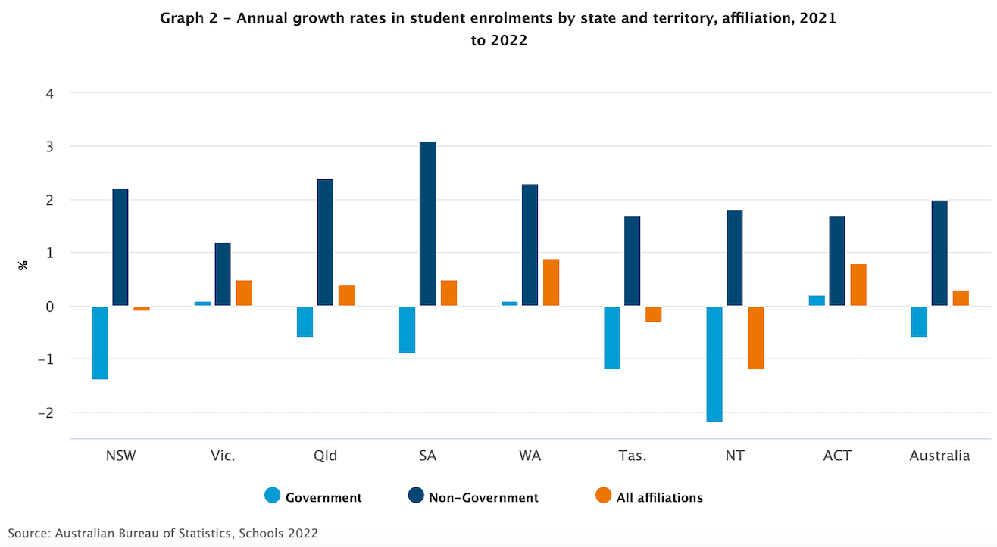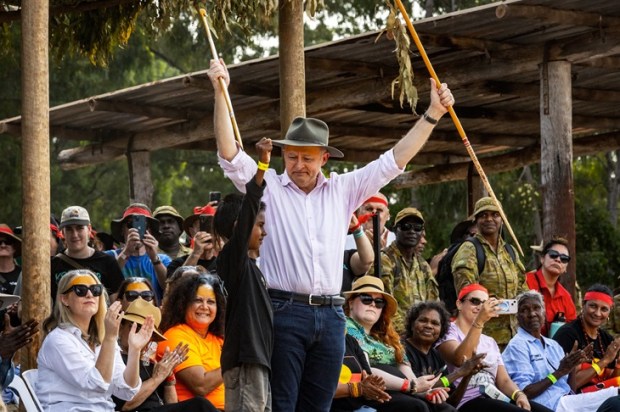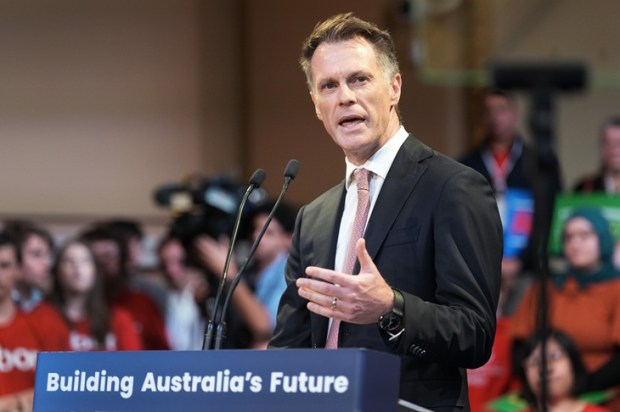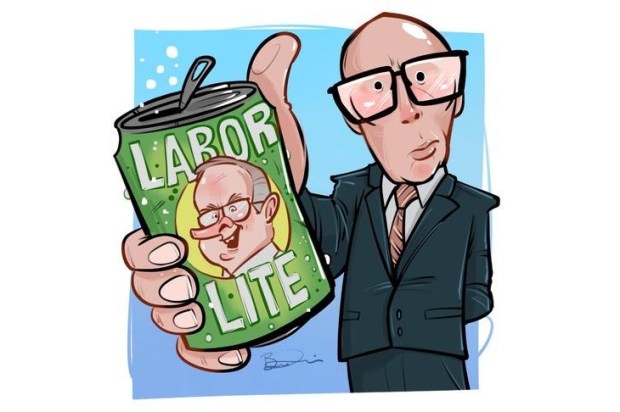For quite some time, I have been concerned about the attack upon private schools, and in particular, those who are faith-based. With almost boring regularity, Jane Caro and her ilk rail against private schools receiving any government funding at all. Don’t parents who pay to send their children to religious schools also pay their taxes, which supports states schools as well?
But the most vexing attack comes in the form of legislation. Or more specifically, the weaponisation of laws involving discrimination. The Australian Law Reform Commission in particular is spearheading this assault. In an article published recently by The Australian Vanessa Cheng, Executive Officer of the Australian Association of Christian Schools, made the following statement:
The proposals put forward [by the Australian Law Reform Commission] are radical and strike at the heart of what Christian schools are all about. For our schools, we need to be able to hire Christian staff – that’s what makes us unique, that’s what is distinctive. If we are unable to hire Christians who share the beliefs and values of the school, it will undermine the ethos and culture of our schools.
The simple answer to all of this is if an adult cannot agree with the beliefs or ethics of religious school, then they should simply find a job somewhere else. There are plenty of other schools to choose from. Why force an atheist – or a member of a different religion – to uphold the central Christian doctrine that Jesus Christ is the Son of God who died on the cross for one’s sins, and rose again from the dead for the believer’s justification? If they can’t believe this, then they should not be forced to go against their conscience in doing so.
But neither should the religious institution itself have to change to suit the differing perspective of the individual teacher. In a democratic and free society, surely there is room for everyone to practice what they believe. Or even more, to commence their own school. But all of a sudden I’ve realised why this is never going to be the case.
Much to their chagrin, the Sydney Morning Herald pointed out this week that, according to the latest census figure, parents are voting with their feet and sending their children to private schools in what the SMH calls, a ‘public system exodus’. As the article, itself reported:
Parents are sending their children to the state’s independent schools in record numbers, while the share of students enrolled in public schools has plunged to its lowest level in 15 years.
There were thousands fewer students enrolled in NSW public schools last year as families increasingly opted for a private education.
Official data released on Wednesday showed that 63.7 per cent of NSW students attended public schools in 2022 – a fall from 65.5 per cent five years ago. The proportion of students in independent schools has surged to 15.1 per cent, up from 13.3 per cent in 2017.
Catholic schools have remained relatively steady, with their share of students rising slightly to 21 per cent in 2022.
Significantly, this is a trend with is also occurring nationally with non-government schools in every state of Australia outperforming government ones. What’s more, in NSW, Queensland, South Australia, Tasmania and the Northern Territory, enrolments in government schools are in sharp decline. Note the following graph recently released by the Australian Bureau of Statistics:

What’s more, according to the ABS:
In 2022, the annual growth rate for school enrolments was 0.3 per cent (11,795 more students), the lowest growth rate since both full-time and part-time students were included in this publication (1995):
Government school enrolments recorded a fall of 0.6 per cent (16,929 fewer students).
Non-government school enrolments recorded an increase of 2.0 per cent (28,724 more students).
Finally, this is a trend that has been occurring on a consistent year by year basis. As the ABS reports:
Over the five years to 2022, total student enrolments increased by 3.8 per cent. Independent schools recorded the largest increase (12.5 per cent), followed by Catholic schools (3.9 per cent) and government schools (1.9 per cent).
Now, there are many reasons for the present ‘exodus’ to be sure. For instance, the impact of immigration is an aspect that is noticeably unexamined by journalists. But it also explains why LGBTQ+ activists are so committed to undermining the ethos of non-government schools. Not only do they have the wherewithal to create their own primary, secondary or even tertiary institutions, but it’s simply where the people are.
Parents are clearly voting with their feet. And what their footsteps are telling us is that there is something about the education being offered in private schools which is more attractive than public ones. Whether it be the discipline, safety, learning, and behavioural support or extracurricular activities. Private schools are rapidly increasing in market share.
So much so, in fact, that there might even come a time when the question might be, should all education be privatised? Why not allow parents to even have a say where their taxes should be apportioned in the guise of ‘school vouchers’?
Significantly, this is already occurring in the United States, with Arizona, West Virginia, and more recently, Iowa and Utah all signing on to the program. What’s more, there are nearly a dozen other states also currently considering legislation involving vouchers. According to the Los Angeles Times:
The universal voucher plan…will by year three allow any K-12 student in the state to switch from public school to private school with up to $7,600 a year in taxpayer funds to help pay the bill, regardless of family income.
The tide is turning, as those behind the Australian Law Reform Commission are well aware. Private schools are a force to be reckoned with. And in a bid to ward off the inevitable demise of the public system, their strategy now is to dilute the distinctive which make private schools so valuable.
It’s time though for an even more radical change. And that is, we need to start posing more seriously the question of giving parents the right to say where their hard-earned tax dollars should be spent. And maybe it’s even time to start asking why we’re still funding public education?

























